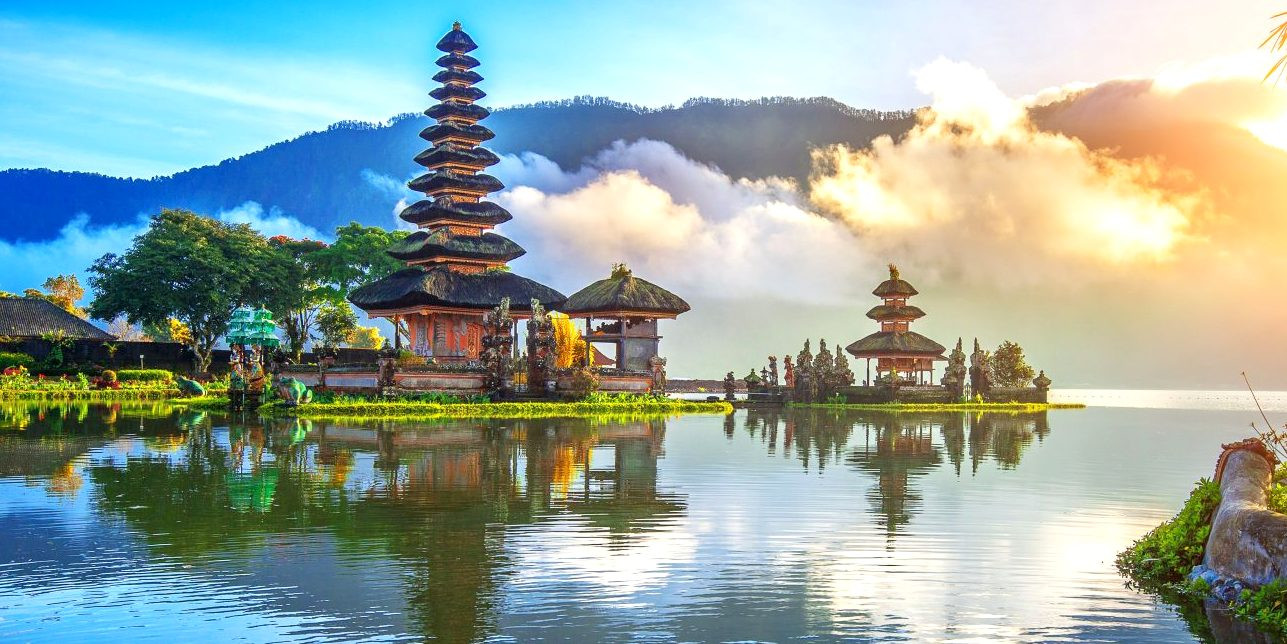Bali isn’t just about beaches and temples—it’s a living Eden where emerald rice terraces cascade down volcanic slopes, sacred forests hum with wildlife, and hidden waterfalls plunge into jungle pools. For nature enthusiasts, this Indonesian island is a sensory overload of lush landscapes, dramatic coastlines, and spiritual energy. Ready to trade crowded tourist spots for Bali’s untamed beauty? Here are the top 10 must-visit destinations for nature lovers:
Ubud Monkey Forest (Sacred Monkey Forest Sanctuary)
Why to Visit UBUD Monkey Forest?
Step into a sanctuary where ancient temples meet cheeky macaques in a dense, moss-covered jungle. Wander stone pathways shaded by towering banyan trees, spot rare birds, and feel the mystical energy of this protected ecosystem.
Tip: Secure your belongings—these monkeys are notorious pickpockets! Visit early to avoid crowds.
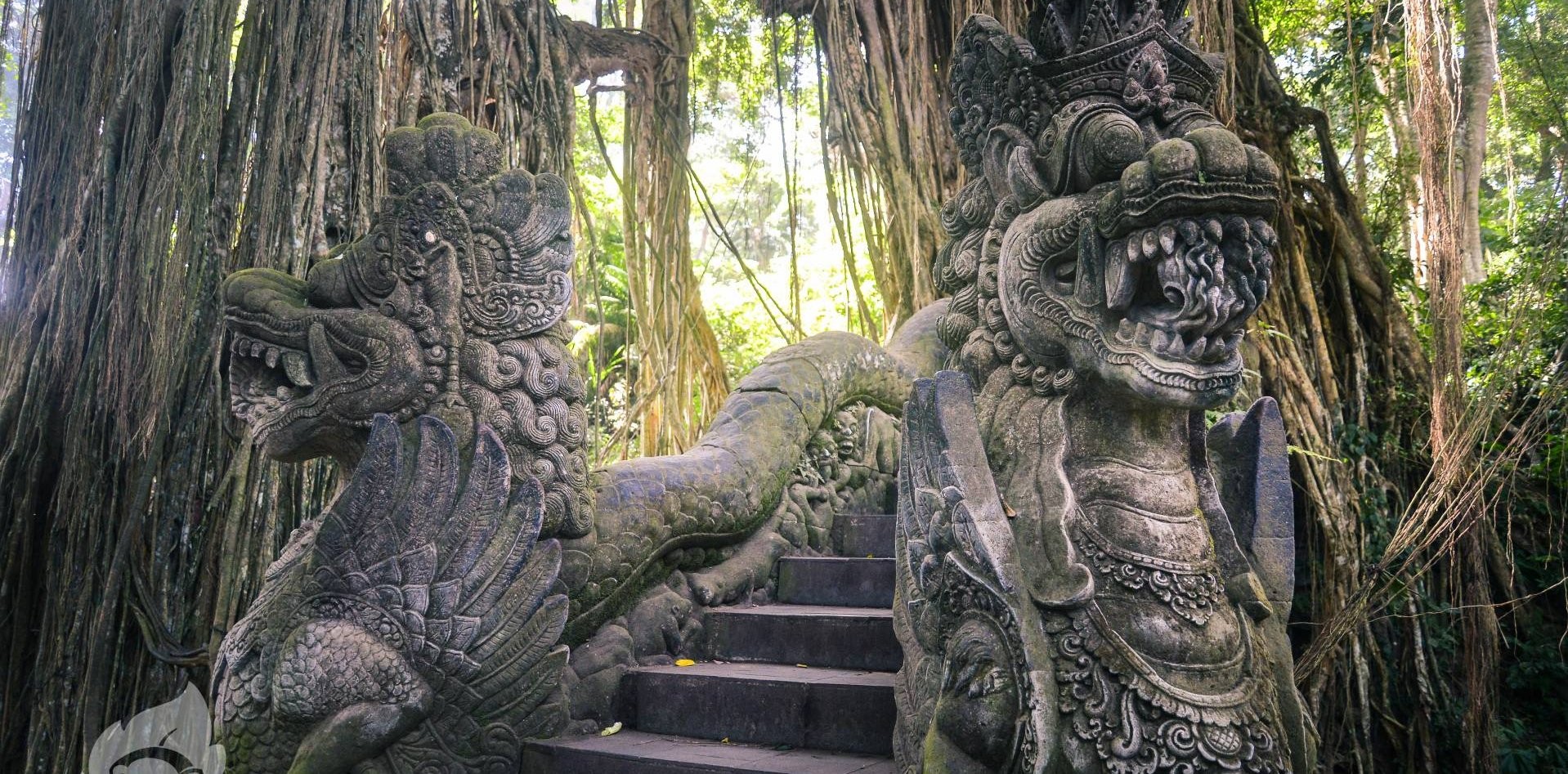
Tegallalang Rice Terraces Farm
Why to Visit Tegallalang Rice Terraces Farm: Iconic emerald-green staircases carved into hillsides, Tegallalang showcases Bali’s ancient subak irrigation system. Walk through the "Love Bali Swing" area for epic photo ops or hike deeper into the valley for serene, crowd-free views.
Tip: Stop at a warung (local eatery) for babi guling (suckling pig) with panoramic terrace views.

Mount Batur
Why to Visit Mount Batur: Hike Bali’s active volcano at dawn for a sunrise that sets the sky ablaze. The 2-hour trek rewards you with steaming craters, surreal lava fields, and a breakfast cooked by volcanic steam.
Tip: Join a guided tour—local guides know the safest paths and hidden hot springs for post-hike soaking.
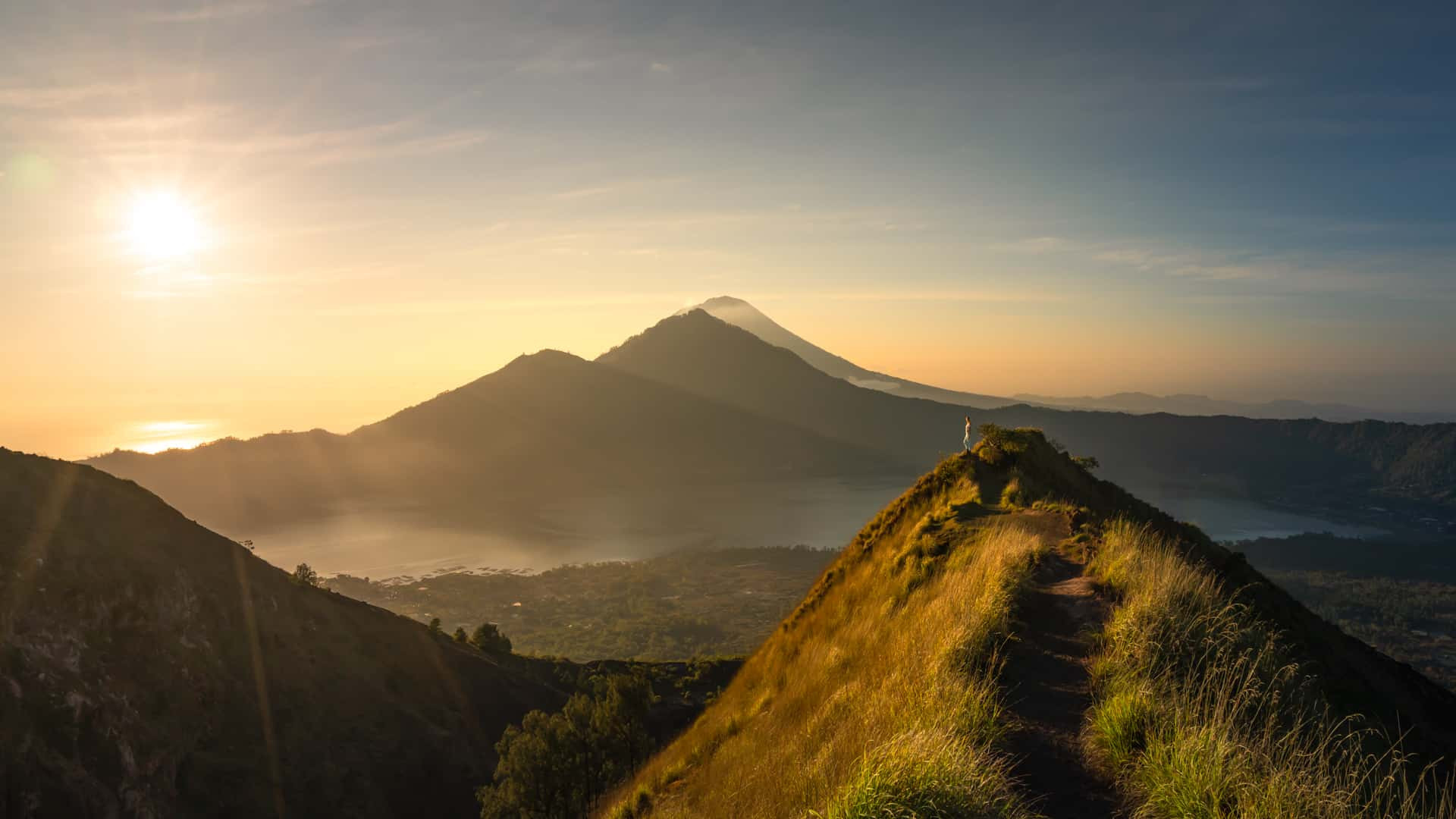
Sekumpul Waterfall
Why to Visit Sekumpul Water Fall: Often called Bali’s most majestic waterfall, Sekumpul’s seven cascades plunge 80 meters into a turquoise pool. The trek through jungle and rice fields is half the adventure—expect slippery rocks and bamboo bridges.
Tip: Visit during dry season (April-October) for clearer paths and fuller falls.
West Bali National Park
Why to Visit West Bali National Park: Bali’s last wild frontier! Trek through monsoon forests to spot rare Bali starlings, deer, and macaques. Snorkel in crystal-clear waters at Menjangan Island, where coral reefs teem with parrotfish and turtles.
Tip: Stay overnight at park lodges for nocturnal wildlife spotting.

Jatiluwih Rice Terraces
Why to Visit Jatiluwih Rice Terraces: A UNESCO World Heritage site, Jatiluwih’s endless, undulating paddies are best explored by bicycle or on foot. The "Bali Aga" (original Balinese) village here preserves traditional farming practices.
Tip: Visit late afternoon for golden-hour photos and cooler temperatures.
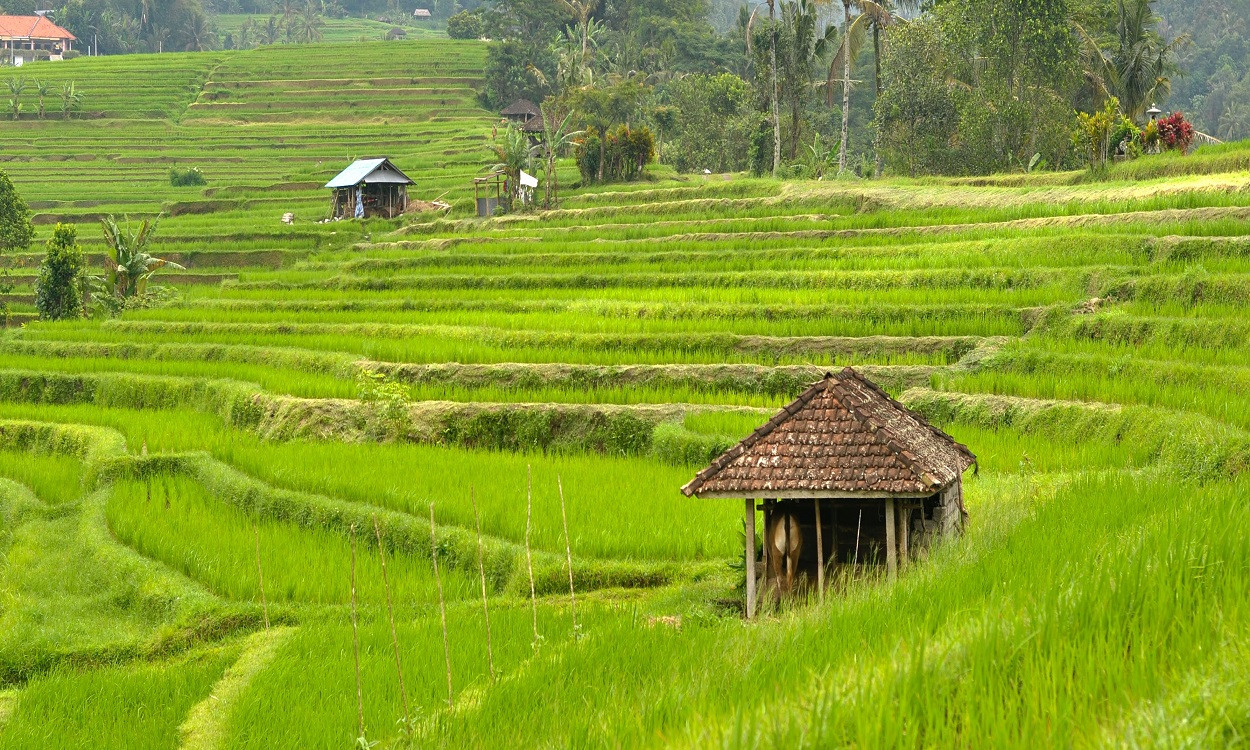
Nusa Penida’s Coastal Wonders
Why to Visit Nusa Penida’s Coastal Wonders: Take a boat to Nusa Penida for Kelingking Beach’s T-Rex-shaped cliff, Angel’s Billabong’s natural infinity pools, and Broken Beach’s collapsed sea cave. Snorkel with manta rays at Manta Point!
Tip: Rent a scooter to explore rugged roads and hidden viewpoints.
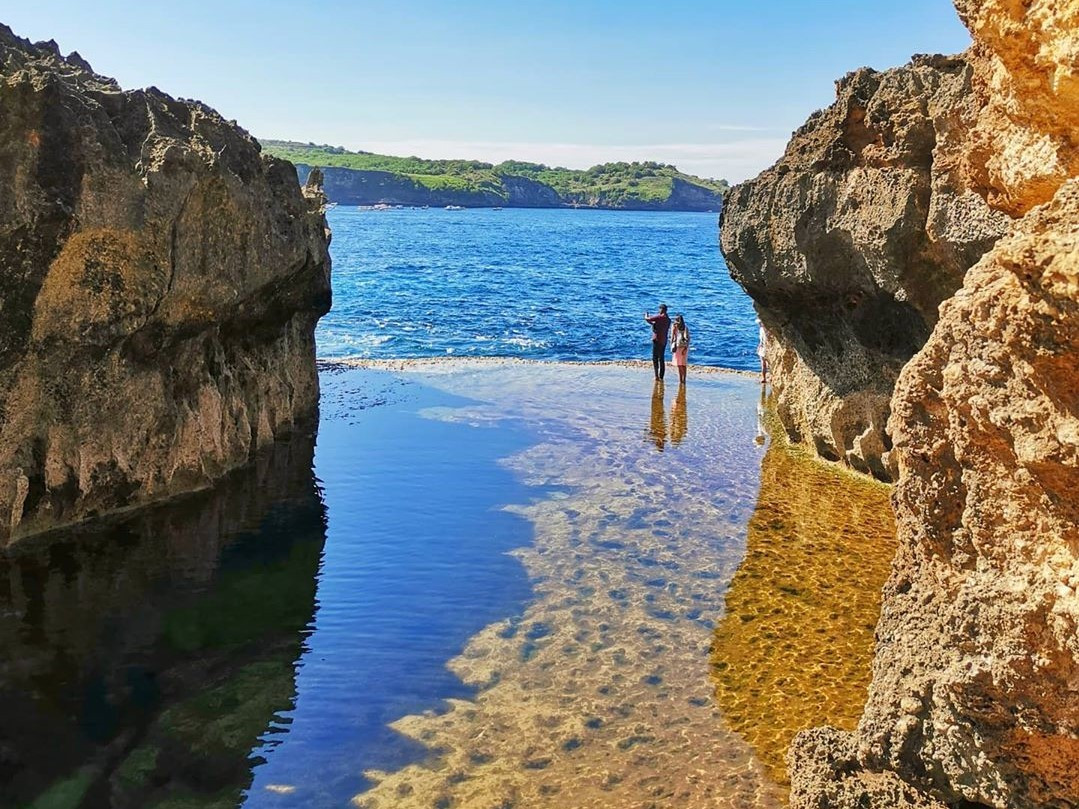
Trunyan Village & Lake Batur
Why to Visit Trunyan Village & Lake Batur: Hike through coffee plantations to Trunyan, a mystical village where ancient trees "absorb" the dead (no cremation needed!). The views of Lake Batur’s caldera and Mount Agung are unforgettable.
Tip: Combine with a sunrise trek from Kintamani for epic vistas.
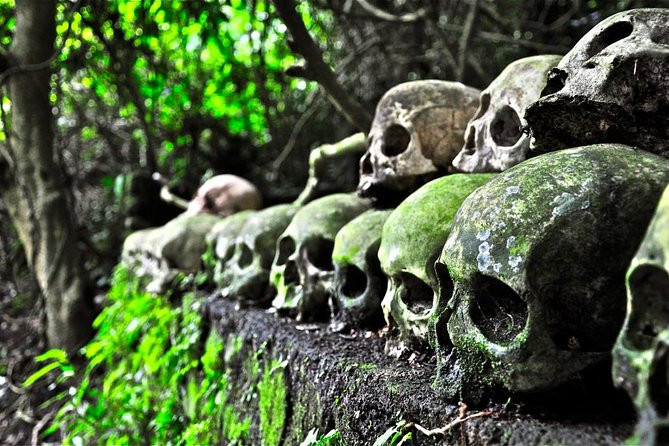
Menjangan Island
Why to Visit Menjangan Island: Part of West Bali National Park, this island boasts pristine coral walls perfect for diving. Swim with reef sharks, barracuda, and pygmy seahorses in visibility exceeding 30 meters.
Tip: Book a guided dive—currents can be strong.
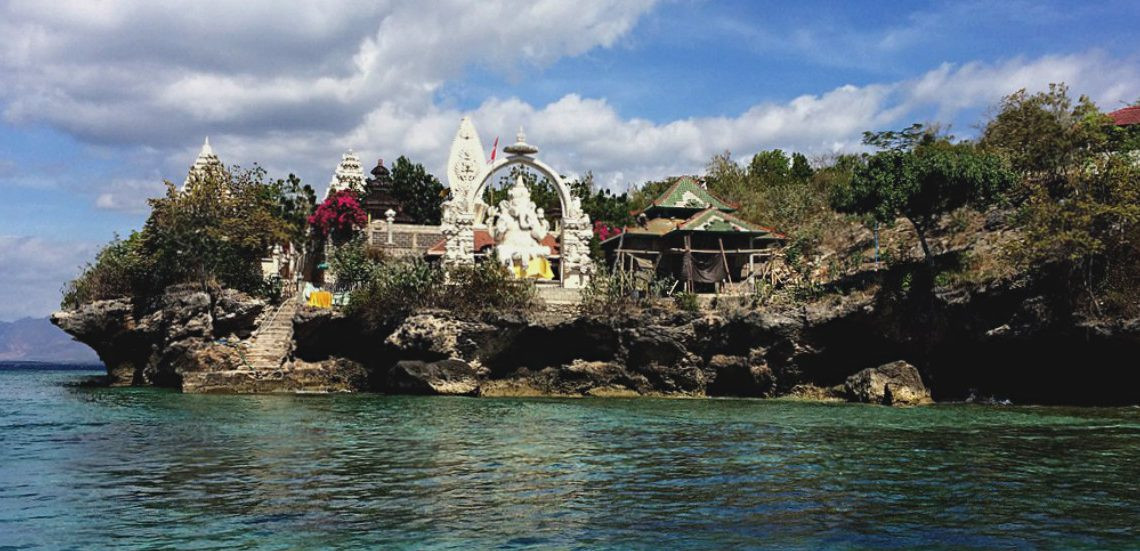
Campuhan Ridge Walk
Why to Visit Campuhan Ridge Walk: Ubud’s easiest yet most soul-stirring hike. Walk through open fields and palm groves as the ridge fades into the mist. It’s free, accessible at dawn/dusk, and deeply meditative.
Tip: Start from Ubud’s Campuhan Bridge—don’t miss the flower offerings along the path!

Final Thoughts
Bali’s nature isn’t just scenery—it’s a spiritual experience. Whether you’re chasing waterfalls, meditating in rice fields, or diving with sea turtles, the island rewards those who wander off the beaten path. Pack your hiking shoes, a reusable water bottle, and an open heart. Nature’s Bali is waiting!
Ready to explore? Share your favorite Bali nature spot in the comments below!
Best time to Visit Bali
Choosing the best season to visit Bali depends on your priorities: weather, crowds, prices, and activities. Bali has two main seasons, each with distinct advantages:
Dry Season (April to October) - Best for Most Travelers
- Weather: Sunny days, low humidity, minimal rain. Ideal for beaches, hiking, and outdoor adventures.
- Crowds: Peak tourist season (July-August) brings heavy crowds and higher prices. Shoulder months (April-May, Sept-Oct) are less crowded.
- Activities: Perfect for surfing, diving, volcano hikes (e.g., Mount Batur), temple tours, and exploring rice terraces.
- Pros: Reliable weather, clear skies, vibrant landscapes.
- Cons: Higher prices, crowded hotspots (Ubud, Uluwatu), potential water shortages.
Wet Season (November to March) - Best for Budget & Lovers of Greenery
- Weather: High humidity, frequent heavy downpours (often short-lived in afternoons). Lush, vibrant scenery.
- Crowds: Fewer tourists, lower prices for flights and accommodations.
- Activities: Great for cultural experiences (indoor temples, cooking classes), spa retreats, and photography (waterfalls are at their fullest).
- Pros: Cheaper travel, empty beaches, emerald-green landscapes, fewer crowds.
- Cons: Rain can disrupt plans, potential flight delays, limited surfing conditions, higher humidity.
Key Tips for to consider for your Bali Tour
- Avoid Peak Holidays: Chinese New Year (Jan/Feb) and Christmas/New Year see massive crowds.
- Shoulder Seasons (Apr-May, Sept-Oct): Often the sweet spot—great weather, fewer crowds, reasonable prices.
- Wet Season Nuance: Rain usually comes in intense bursts (1-2 hours), leaving the rest of the day clear.
- Activity-Specific Advice:
- Surfers: Dry season for consistent waves (best May-Oct).
- Divers: Dry season for best visibility (April-Sept).
- Hikers: Dry season for safer volcano treks (e.g., Mount Batur).
